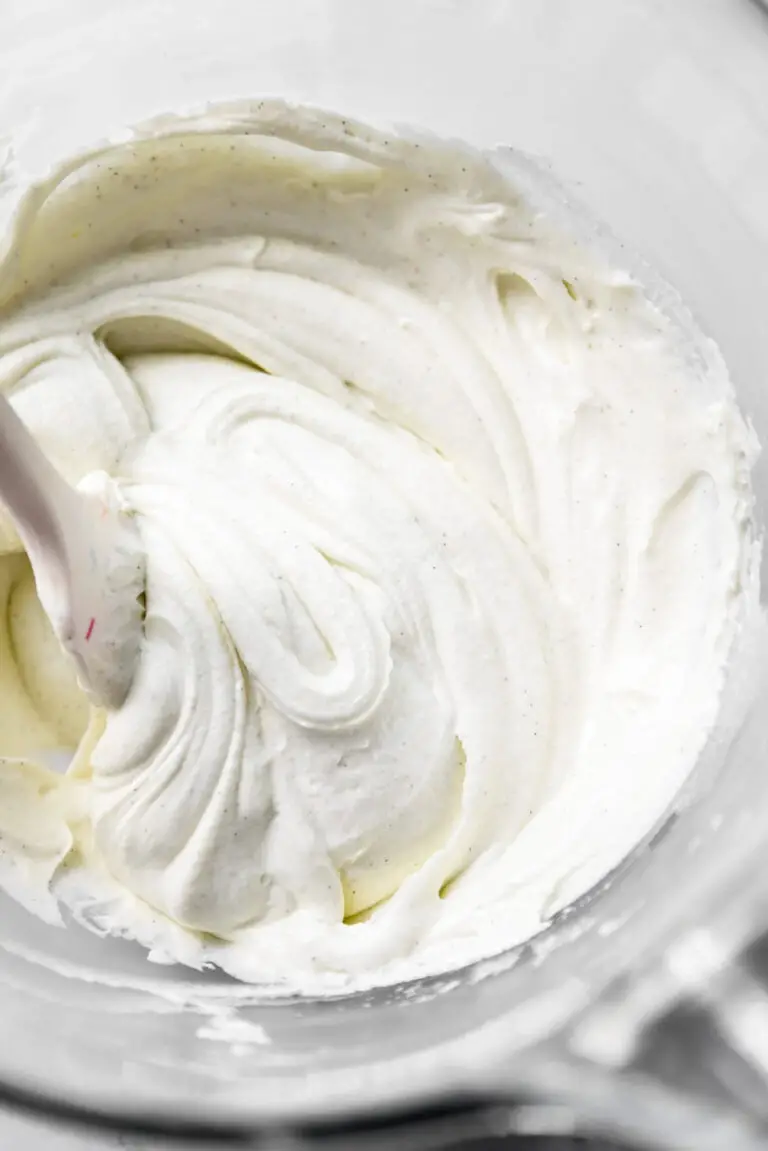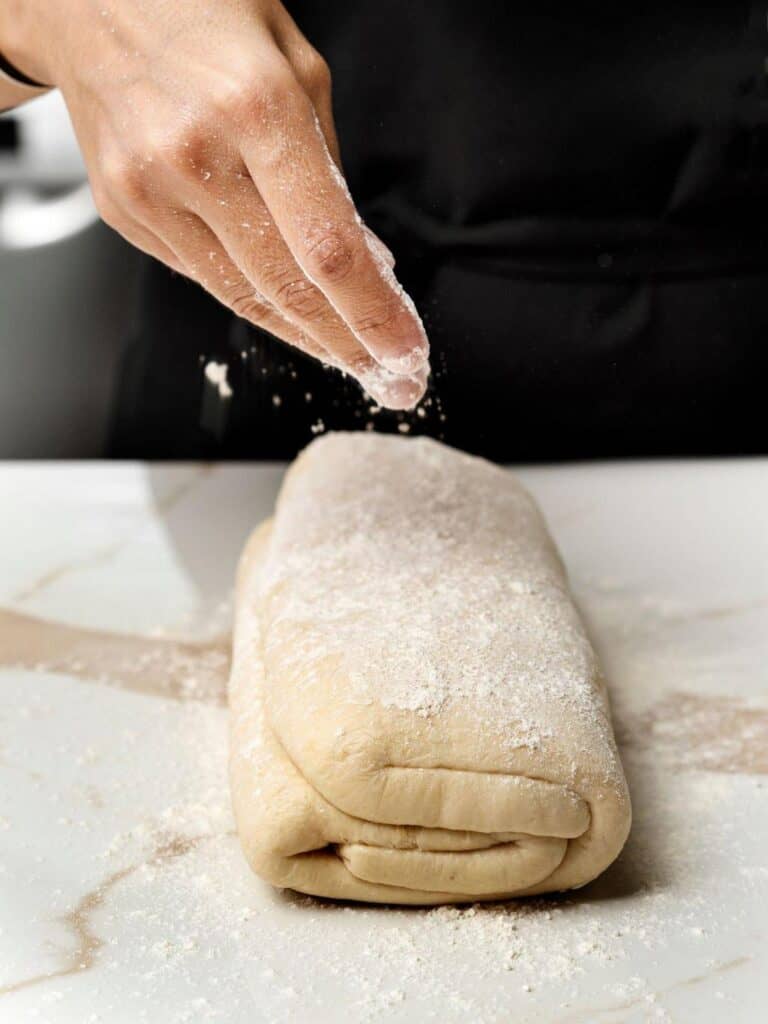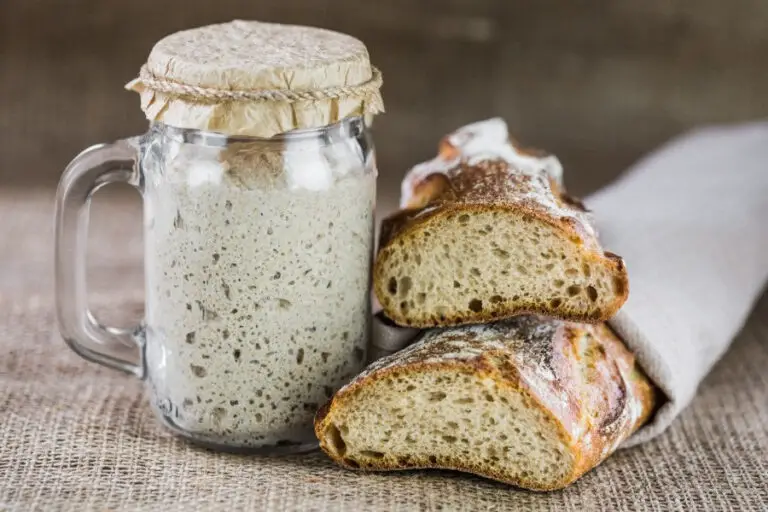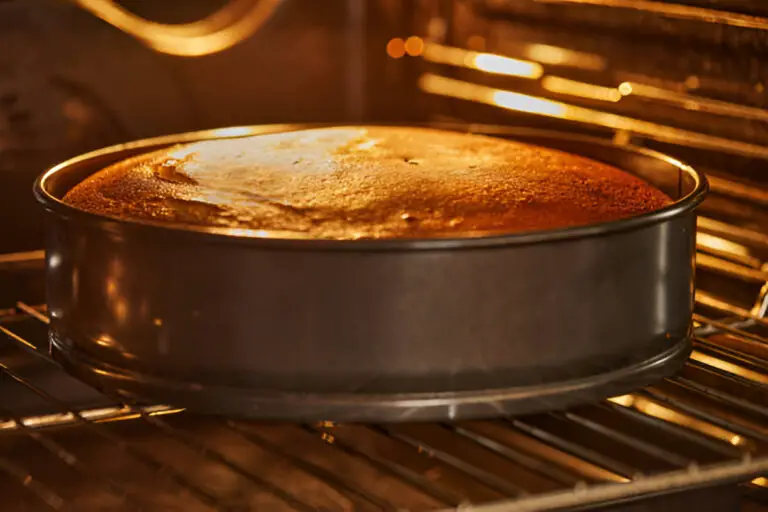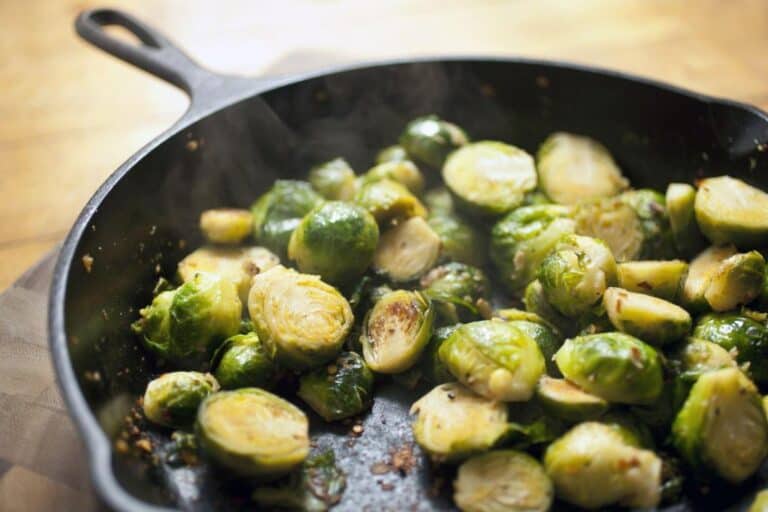How Do You Keep Spaghetti Sauce From Burning? (7 Easy Tips)
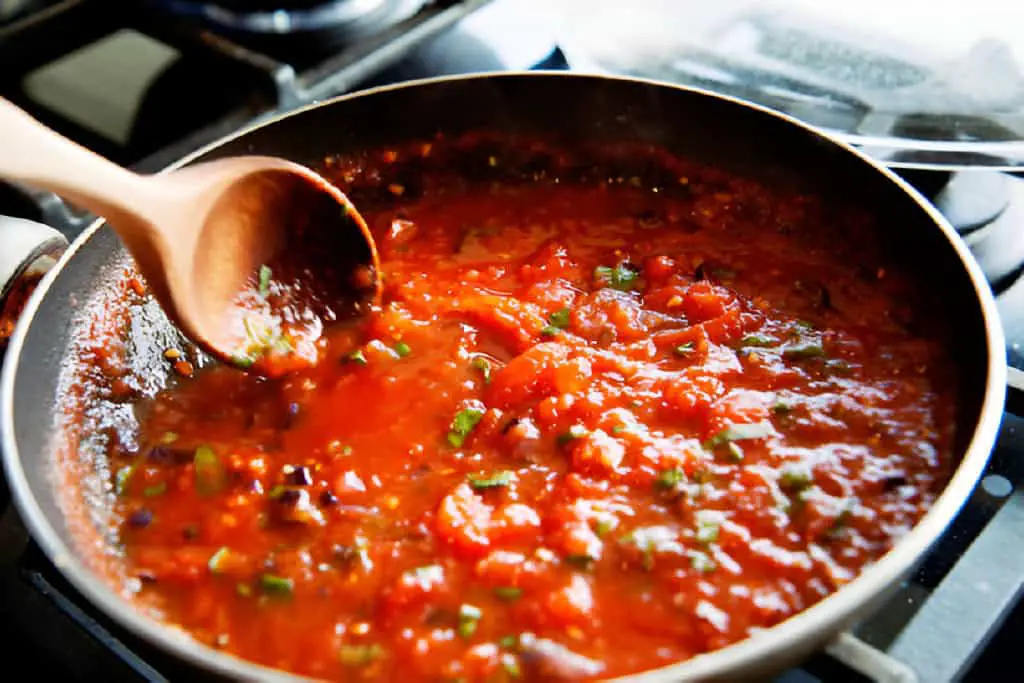
Do you ever find yourself eagerly cooking up a pot of delicious spaghetti sauce? But then you are met with the disappointment of burnt flavors sticking to the bottom of your pan. Don’t worry, you’re not alone.
Spaghetti sauce has a tendency to sneakily burn if not given the right care and attention. Understanding why this cooking mistake happens is key. Preventing it can make your pasta nights smooth and tasty.
Spaghetti sauce is prone to burning due to its thick consistency and high sugar content from ingredients like tomatoes. When left unattended or cooked on high heat, this beloved sauce can quickly turn from bubbling bliss to a charred catastrophe.
Preventing your spaghetti sauce from burning is not just about keeping its taste. It’s also about saving time, effort, and avoiding kitchen frustrations.
Let’s dive into 7 genius hacks. They will revolutionize your spaghetti sauce game. They will keep every pot savory without burning.
1. Choosing the Right Cookware
To prevent your spaghetti sauce from burning, your choice of cookware is crucial. It ensures even heat. Opting for a heavy-bottomed pot is like laying a solid foundation for your cooking masterpiece.
The thickness of the bottom helps to prevent hot spots that could lead to the scorching of your precious sauce. Imagine your spaghetti simmering in peace. It’s free from the fear of bits sticking and burning at the bottom due to uneven heat. That’s the magic of a good pot.
Nonstick or stainless steel pots are your trusty sidekicks in this battle against burnt sauces. Their smooth surfaces make it harder for ingredients to stick and burn, allowing you to stir with ease and confidence.
Say goodbye to endless scrubbing sessions trying to salvage a pot with stuck-on sauce remnants. However, be cautious with aluminum cookware. Its quick heating could turn your cooking into a burnt disaster if not watched closely. It’s like having a fast car – exhilarating but easy to lose control if not handled carefully.
2. Stirring Techniques to Save Your Sauce
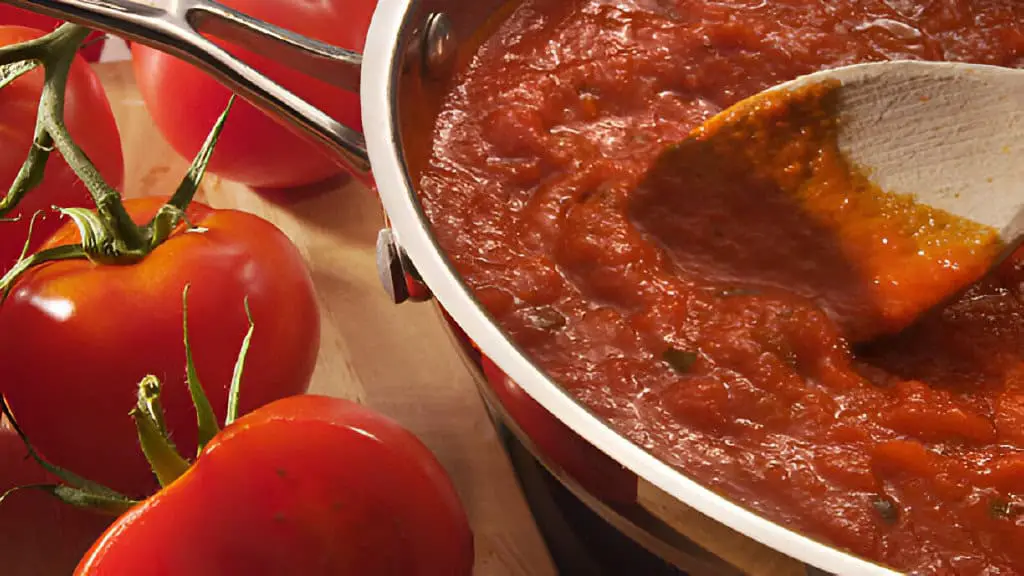
When it comes to rescuing your spaghetti sauce from the brink of burnt disaster, mastering the art of stirring is crucial. To prevent those dreaded scorched spots at the bottom of your pot, make sure to give your sauce some love and attention with a trusty spoon in hand. Regularly stirring allows for even heat distribution and helps avoid any pesky sticking issues that can lead to burning woes.
One pro tip is to opt for a wooden spoon instead of a plastic spatula when navigating through your sauce masterpiece. The wood scrapes the bottom well to prevent burning. It also lets you easily mix in any caramelized or browned bits, improving flavor. Think of it as a culinary rescue mission where every stir brings you closer to pasta perfection!
For those seeking a more flexible stirring tool, consider adding a silicone spatula to your arsenal. This handy tool offers easy maneuvering. It works around corners and edges of your pot. It also does a great job of scraping up any sneaky bits on their way to crisping up.
With these stirring techniques, you can say goodbye to burnt sacrifices. Say hello to silky spaghetti sauces waiting to grace your pasta.
3. Heat Management
When it comes to preventing your spaghetti sauce from burning, mastering the art of heat management is key. Maintaining a gentle low to medium heat while simmering your sauce allows flavors to meld slowly without the risk of scorching. To further safeguard your sauce from burning, consider simmering with the lid slightly askew.
This technique helps control evaporation, keeping your sauce from drying out and sticking to the bottom of the pot. Remember, a watchful eye on the heat levels throughout the cooking process is crucial. Adjust them as needed to avoid any accidental overheating that can result in an unappetizing burnt flavor.
For example, imagine you’re preparing a rich tomato-based spaghetti sauce on your stovetop. By keeping the heat low and steady and checking and adjusting as needed, you’ll notice that the sauce thickens well. It won’t have any telltale signs of burning. Partially cover the pot with a lid. This allows you to capture just enough steam to keep moisture in your sauce. It also prevents condensation. That could cause unwanted burnt bits on the edges.
It’s like finding that sweet spot on your stove dial where bubbling gently occurs but never reaches a ferocious boil. This careful approach protects your spaghetti sauce. It also gives you more control over its consistency and depth of flavor.
4. Ingredient Tips to Keep Your Spaghetti Sauce from Burning
Add smart ingredients and precautions to boost your spaghetti sauce. They will prevent it from burning. A touch of sugar or grated carrot can work wonders to balance out the acidity in your sauce, reducing the likelihood of burning.
These ingredients not only add a subtle sweetness but also help regulate the flavors as your sauce simmers to perfection. Also, the natural sugars in these ingredients can caramelize gently without burning. This improves the overall taste.
To create a luscious, rich texture and prevent burning, add butter or olive oil. These fats not only add depth and silkiness to your sauce but also act as protective agents at higher temperatures. These ingredients have emulsifying properties. They help avoid sticking and burning. This ensures a velvety consistency throughout your cooking.
Trying sweet things in your spaghetti sauce can be great. But, be careful with high-sugar things like honey. Honey burns easily at high heat. It needs careful monitoring during cooking. If you add honey for its special flavor, heat it gently and stir it constantly. This prevents bitterness from overheating.
5. Time-Saving Tricks
Want to enjoy a delicious plate of pasta without the fear of burning your sauce? Time-saving tricks can be your kitchen savior! If you’re tired of always watching the stove, consider using a slow cooker or crockpot. They make cooking easy.
Imagine adding all your ingredients. Then, set the timer. When you return, you will have a perfectly simmered spaghetti sauce. And, you didn’t need to stir it. It’s like having your very own chef working behind the scenes.
Another savvy technique is preparing larger batches of sauce ahead of time and freezing them in convenient portions. Think about spending one afternoon making a big pot of marinara or Bolognese sauce. Then, divide it up into freezer-safe containers.
The next time you crave spaghetti, simply defrost a portion in the microwave or on the stovetop for a quick and easy meal fix. This not only saves you time during busy weeknights but also eliminates the risk of burning your precious sauce each time you cook.
6. Cleaning Up & Storage Tips
After enjoying a delicious pasta dinner, the last thing you want is to struggle with burnt remnants in your pot. Move any leftover sauce from the hot pot to another container. This will stop further cooking and burning from residual heat.
This simple step can make a big difference. It will keep your spaghetti sauce tasting perfect. It will keep it just as flavorful as when you first cooked it.
When it comes to cleaning up after cooking your spaghetti sauce, resist the temptation to wash your pots while they’re still hot. Allowing the empty pots to cool naturally has two benefits. It prevents burns and extends the lifespan of your cookware. It does this by avoiding rapid temperature changes that can cause warping or damage. So take a breather after your meal, let those pots cool down, and then tackle cleaning with ease once they are safe to handle.
To keep your leftover sauces fresh for future meals, consider storing them in air-tight containers in either the fridge or freezer. This storage hack keeps your sauce tasting great. It also makes meal prep easy when you’re short on time.
How Do You Keep Spaghetti Sauce From Burning (Alternative Methods)
To keep spaghetti sauce from burning, it is good to cook it without a lid, even if it splashes a little, and you have to have a lot of patience. The flame must be kept low to cook everything in the best possible way, and you have to mix to prevent the sauce from burning on the bottom.
Making spaghetti sauce might seem straightforward, especially for pasta lovers, but in reality, it is not as simple as it might seem. First, we might mean different things with “sauce.” It could be the classic tomato sauce, the more elaborate and tasty ragù, or just a simple sauce.
| Read: Reheat Pasta Sauce Twice: Will It Compromise Safety or Taste? |
The Basics of Making a Good Spaghetti Sauce
In this article, we want to provide you with the basics for preparing a spaghetti sauce so that it is both delicious and doesn’t burn. Let’s see together, then, how to make the sauce:
Suppose we intend to use a tomato sauce or puree that has already been prepared in the previous months, and only needs short cooking. In that case, we will get a more intense and real flavor. If we don’t have it, we can still use puree or peeled tomatoes from a jar. We can buy them at the supermarket.
To make a good spaghetti sauce, follow these basic steps and tips:
- Choose Quality Ingredients:
- Use fresh and high-quality tomatoes, such as Tuttorosso, Muir Glen, or Pomi tomatoes.
- Opt for lean ground beef or ground turkey or pork sausage for a meat-based option.
- Fresh herbs like basil and parsley add flavor and freshness.
- Brown the Meat and Onions:
- Cook the ground beef or meat of choice until browned, breaking it up into small pieces as it cooks.
- Add chopped onions and cook until they are translucent and tender.
- Add Tomato Base:
- Use canned crushed tomatoes or diced tomatoes for a smooth consistency.
- Add tomato paste for added depth of flavor.
- Add Spices and Herbs:
- Italian seasoning, oregano, basil, and garlic powder provide a classic flavor profile.
- Add a pinch of sugar to balance the acidity of the tomatoes.
- Simmer the Sauce:
- Bring the sauce to a boil, then reduce the heat and let it simmer for at least 30 minutes to allow the flavors to meld together.
- Longer simmering times can enhance the flavor even more.
- Season and Adjust:
- Taste and adjust the seasoning as needed, adding salt, pepper, or other spices to taste.
- If the sauce becomes too thick, add a little water to thin it out.
- Serve and Enjoy:
- Serve the spaghetti sauce over cooked spaghetti noodles and garnish with fresh basil leaves if desired.
Follow these steps. Use good ingredients. Then, you can make a tasty homemade spaghetti sauce. It will become a family favorite.
Conclusion
In conclusion, preventing your spaghetti sauce from burning doesn’t require extraordinary kitchen skills. By picking the right cookware and mastering stirring, you can avoid a burnt taste in your pasta. Also, manage heat well, pick good ingredients, and use time-saving tricks. Remember to stir often. Adjust the heat as needed. Experiment with ingredients that suit your taste buds.
Encouraging experimentation is key to finding your signature spaghetti sauce flavor. Feel free to personalize your sauce by trying out different herbs, spices, or even a splash of wine. With these genius hacks at your disposal, you can now confidently step into the kitchen and create a perfect pot of spaghetti sauce every time. Happy cooking, and enjoy savoring your delicious creations!

